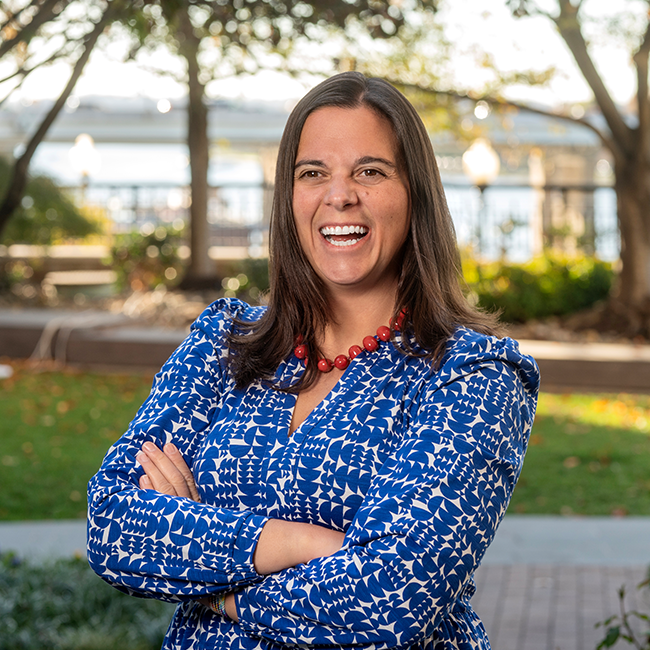Donor-advised funds (DAFs) are a convenient and increasingly popular vehicle for philanthropic efforts. By housing charitable assets in a DAF, philanthropists receive immediate tax deduction benefits and can choose to disburse resources to nonprofit beneficiaries at a later date. This approach can be beneficial if you are honing a big-bet strategy or intending to build up your capital to make a significant gift in the future. Given their structure, DAFs allow donors to make gifts anonymously, which can be another major selling point for this philanthropic vehicle.
Not sure whether DAFs are right for you? Read on for answers to some of the most commonly asked questions.
How do DAFs work?
Most DAFs require an initial minimum contribution of $5,000 to set up. Individuals direct their assets to DAF sponsors, which could be a community foundation or nonprofit affiliate of a financial institution, such as Fidelity Charitable or Schwab Charitable Fund. At the time of deposit, individuals take a tax deduction against their contribution, and then they have the flexibility to direct charitable giving with their DAFs at a later date. This instrument offers increased privacy to the donor because the DAF sponsor aggregates its clients’ charitable disbursements in its required reporting, which essentially allows for confidential, anonymous giving if desired.
How often can I contribute to a DAF? Donors can contribute to their DAF once or on an ongoing basis. It is common for contributors to add to a DAF at the end of the calendar year to maximize their tax deductions.
Can I make anonymous contributions? Yes. DAF sponsors report aggregate financial activities on an annual basis, which allows you to make your contributions anonymously if desired.
Are there any drawbacks to DAFs?
Some DAF sponsors do not require a deadline for their clients to recommend disbursal of their funds. This may be convenient for the donors but can be problematic for the social sector. Retaining much-needed capital in DAFs rather than channeling funds to nonprofits working to fulfill a charitable mission is a missed opportunity, and philanthropists should prioritize a timely disbursal of their DAF contributions.
Another potential drawback is that DAF sponsors are less able to provide personalized philanthropic guidance to their clients. If you are less knowledgeable about the nonprofit space and are seeking additional advisement on your philanthropic interests, you may want to seek guidance from professionals outside your DAF sponsor.
How much control do I have over how my funds are allocated?
Most DAF sponsors have no rules or regulations regarding DAF asset distribution or timeline, so clients have the flexibility to make charitable gifts as it suits them. Clients provide direction on how their funds should be distributed, and the DAF sponsor does the rest of the heavy lifting involved in vetting the nonprofit beneficiary, disbursing funds, and reporting its aggregated financial activities to the IRS.
Additional Resources:
-
Can’t decide whether to host your DAF at a community foundation, financial services institution, or other public charity? Consider the options and their unique offerings outlined in this article from Forbes.
-
While funds in DAFs are waiting to be deployed, the sponsoring organization invests that money and collects interest. There is a growing desire to incorporate impact investing with DAFs. Steps for you to make that possibility a reality with your DAF are detailed here by the Stanford Social Innovation Review.












